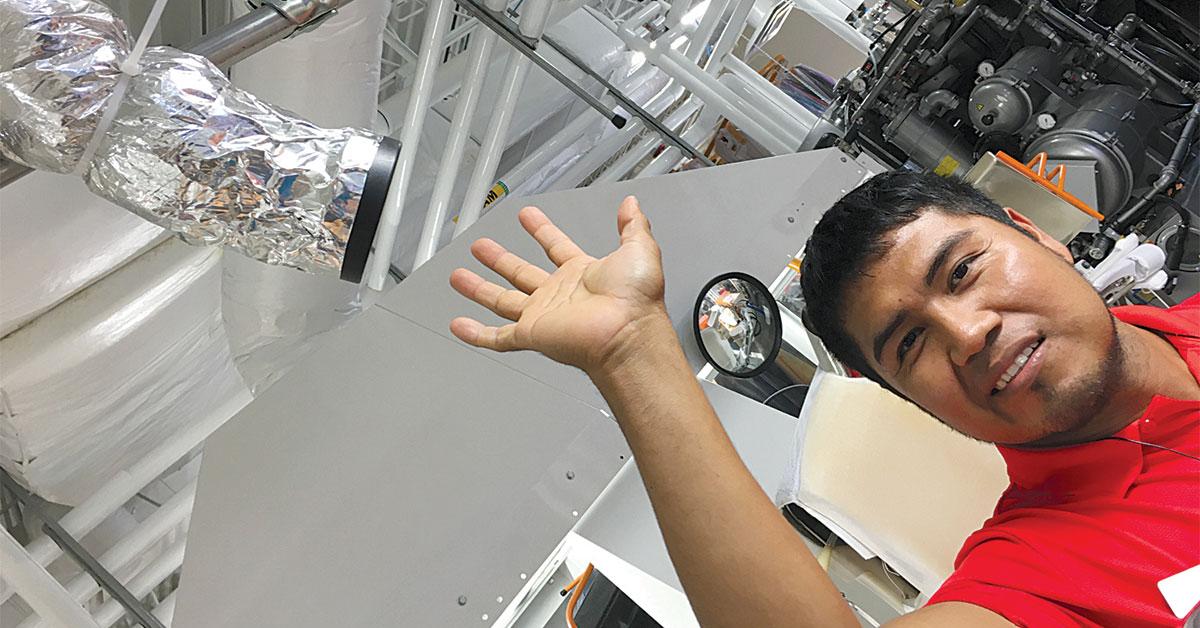CONCORD, N.C. — The production area of a drycleaning plant has never been a real hospitable location to work. Most are a concrete floor, surrounded by steam pipes; with equipment breaking down much of the air flow through the area.
I was once in a finishing area with a 6 1⁄2 foot ceiling and a single 36-inch fan mounted in the back wall to draw air through the area. While locations that have been designed and built from the ground up for dry cleaning are much better; there are still a number of “converted” buildings that have their layout dictated by the space available.
If you are spotting garments in a back corner, behind the drycleaning machine, your work day can be a challenge. There are several little things that require only thought and effort and very little financial investment but can improve the working environment.
WALK TALL
Almost all tasks performed in a drycleaning plant are done while standing or walking. The addition of anti-fatigue runners in the traffic areas, will reduce stress on joints. Concrete is great as a building material, but as a shift-long walking surface, it could use some help.
Foam anti-fatigue runner material can be purchased in a variety of thickness and cut to custom length, on site, with a good pair of scissors. Placed on the employee side of the counter, the length of any inspection area, in the route receiving area, the length of the finishing area, it will significantly reduce discomfort and increase productivity.
In addition, there are mats available. Placing a mat at the work station where one is “dancing in one spot,” will enhance both productivity and quality.
Standing at the board on one foot while operating the pedals with your other foot can be uncomfortable.
SEE ME
I have been in plants where the customer, who is the final inspector, has found a spot in the light of the window at the counter. The operator has only to return to the spotting board and have the stain disappear in the available light.
You can’t do the job of supplemental stain removal in the dark. A 60-watt, incandescent bulb just isn’t going to get the job done. A single, un-reflected, T-12 cool white is not enough over the board.
Replace T-12 fixtures with T-8 fixtures instead of replacing T-12 tubes. At minimum, I recommend a double T-8 fixture with daylight/natural tubes.
To recap: The production area of a drycleaning plant can get uncomfortable. Remember these tips:
Be cool. Give top priority to moving heat and steam away from work stations and even dropping treated air into the work area. The employee will perform at a higher level for a longer period. This includes strict maintenance to steam leaks and insulation of piping.
Walk tall. Add anti-fatigue foam in high traffic areas and anti-fatigue mats at work stations. You will be increasing the potential stamina of employees.
See me. The spotting board does not just need some light, the spotting board needs the right light — and plenty of it.
To read Part 1, go HERE.
Have a question or comment? E-mail our editor Dave Davis at [email protected].

